Labor is a grueling process and postpartum recovery can be a real pain. Proper postpartum care is necessary for healing, and ultimately makes your postpartum recovery easier and quicker. 11 ways to make postpartum recovery easier and speedier. Learn how to care for your postpartum body in the 6-8 weeks after delivery.
No one – and I mean not a single person nor doctor – warned me about the postpartum period and gentle care a new Mothers needs right after delivery.
I wish I would have taken Hillary’s online prenatal class geared towards couples (with personable videos for dads who have a short attention span or hard time focusing on birthing).
Hillary who teaches the online class, has been a L&D nurse for 16 years, and has attended close to 1,000 births. She addresses everything from what to pack, to how to you should feel about pooping during delivery. (And I guarantee it’ll make you feel WAY better after you hear what she has to say about it.)
I don’t think (based on my own experience of doing this) that going to a traditional prenatal class when you tired in the evenings, and already so busy, is a necessity.
I do think if you’re pregnant for the first time, you would benefit from having an idea of what’ going to happen. Plus, you can take the online prenatal class from the comfort of your couch and most comfortable pregnancy pants and feel confident heading in for delivery.
Postpartum Period
The 6 – 8 weeks after delivery is the postpartum period where the uterus shrinks back to its normal size and during this delicate time, it’s not uncommon to experience pain, soreness, bleeding, painful urination and a whole list of items I put on my “would have liked to know beforehand” list.
Of course, after squeezing a watermelon through a small hole, it’s not very realistic to think everything would be “normal” or I’d be back in my pre-baby jeans within the next week, but the first time around I was completely and totally unprepared.
I wish, someone would have told me about the postpartum care before delivery so I could have stocked my house with necessities and could have relieved some of my pain quicker.
Fortunately, the second time around, I had a much better idea of what to expect and could plan for a faster postpartum healing with all the right stuff. And now, you can too.
BONUS: DOWNLOAD YOUR POSTPARTUM CARE CHECKLIST HERE
WHEN THE FOCUS SHIFTS TO BABY & AWAY FROM POSTPARTUM CARE
When a new Mom arrives home from the hospital, most of the parent’s attention is on the newborn baby and it’s easy to forget about postpartum care. During pregnancy, the Mom receives all the care and attention but it shifts once baby arrives.
During pregnancy, an expecting mother’s body goes through significant changes and there is an adjustment period after giving birth which needs the same gentle attention and AREare as when she was pregnant. It’s important to take care of your body during the postpartum period to help healing and recovery.
Pregnancy, and then labor & delivery can be a grueling journey and recovery takes 6 – 8 weeks post-delivery, although this differs for the individual.
Common issues lasting days & weeks after delivery can include:
- Vaginal pain and soreness
- Vaginal discharge and bleeding
- Contractions which can be painful
- Hemorrhoids and painful bowel movements
- Constipation
- Frequent or painful urination
- Breast soreness
- Hair loss and skin changes (especially dryness)
- Mood swings, including serious Postpartum Depression
Physical symptoms are normal as your body adjusts in the postpartum period. Most symptoms can be relieved by over-the-counter pain relief medications, and time, but it’s always a good idea to consult with your doctor if at any point, symptoms worsen or unusual symptoms occur, including feelings of postpartum depression.
CARING FOR YOUR POSTPARTUM BODY AFTER DELIVERY: 11 WAYS TO MAKE RECOVERY EASIER
STOCK UP ON PADS
Whether you have a c-section or vaginal birth, you will bleed – A LOT. So, stock up on enough pads which allow you to frequently. Infections occur when bacteria have a wet and warm environment, so changing often is the key to preventing infection (and staying mess free, of course.)
Look for pads with extra absorbency like these (the more absorbent, the better at prevention of bacteria growth) or buy what the hospitals use.
You’ll bleed heavy for the first 1 – 2 weeks and it’ll taper off, so make sure you have a big enough stockpile and you won’t have to head to the store.
WEAR THE MESH UNDERWEAR, TRUST ME
The hospital you delivery at will, most likely, supply you with pairs of giant mesh underwear. They may look silly, but post delivery, what you look like in underwear will be the very last thing on your mind. Trust me, mesh underwear are SUPER comfortable, breathable and do a great job holding your giant pads in place.
Before you head home, ask your nurse for a few extra pairs of buy some here. You can also stock up on large underwear that’s comfortable because you’ll be wearing them for the next 1 – 3 weeks.
PADSICKLE
I was merely an hour post-delivery when I thought I was imaginging my nurse using the word ‘Padsickle,’ but I was exhausted and she was doing her best to relieve the pain and swelling down there. But you know what, padsickles were a HUGE relief during my recovery period and definitely helped speed up healing during both postpartum care periods.
A padsickle is a frozen pad (you upwrap the pad, soak it in water and then freeze it) to apply to your vaginal area to decrease inflammation and reduce pain. In the hours after delivery, I was willing to try anything and I’m so glad I did.
Just don’t let it sit on your skin for too long, limit to 5-10 minutes at a time so you don’t cause
These are reusable hot and cold pads if you find you don’t want to make your own pad sickles and witch hazel pads also work great for cooling relief (and hemorrhoids too.)
STOOL SOFTENERS ARE YOUR FRIEND
Your first trip to the bathroom after giving birth, is usually a dramatic one – and totally normal. You’re afraid of hurting yourself anymore down there and the thought of straining to poop, makes you squeamish to even use the bathroom! Fear of tearing your stiches or putting pressure on an already painful region is downright frightening. I get you.
Here’s what you do… take the stool softeners they offer you at the hospital post-delivery. Just do it. It really helps and you don’t strain or put added pressure on your down there regions when you push.
To help relieve the pressure of pooping, get into more of a squatting position (think of a straight line up your back) which lines up your intestines rather than squishing them and causing the strain of pushing.
The hospital will usually give you a go bag with more supplies to take home, but it’s OK to always ask for more (or buy ahead of time) for the first week at home during recovery if you did have stitches.
NUMBING SPRAY
Peeing after delivery can be painful with burning and especially if you have stiches, this hurts. After all it is a wound and anything with acidity is going to hurt. Using a numbing spray BEFORE you go, can help ward off the pain of peeing. Spray and give it a few seconds to work before relieving yourself. Dermoplast is the most common spray used in hospitals.
PERI BOTTLE
Along with numbing spray, the hospital or birth center you deliver at will give you a peri bottle you can fill with warm (do not put hot or ice cold water in this, trust me) water. The point is to gentle wash yourself without having to wipe especially if you have stitches. The warm water helps keep you clean and prevent infection.
Tip #1: Bring an empty peri bottle with you in your diaper bag for when you head out of the house. Going to a grandparent’s house or restaurant? This is a great item to have with you during the healing period and are still avoiding wiping with stitches.
Tip #2: Put one of these in every bathroom you use in your home, this way you have them whenever you need.
Here is a fancier version that gives you more reach during this uncomfortable phase.
HEALING OINTMENT
Silver Gel is a natural healing ointment which promotes faster healing, and prevents infection if you have stitches during delivery. It doesn’t have a bunch of chemicals, hence the natural healing label, but is safe if you’re breastfeeding and want to avoid putting anything harmful on your body.
If you don’t have stitches, it’s great for multiple other reasons including treating diaper rash, healing from burns, and hemorrhoids.
YOUR BODY NEEDS FLUIDS, SO DRINK UP
After delivery – particularly if you have an epidural and aren’t able to eat or drink for a long stretch of time – you’ll be dehydrated. Delivery a baby means you lose a lot of blood and need to replenish fluids. Drink as much as you need and want afterwards to rehydrate.
Once you begin breastfeeding, staying hydrated 24/7 will be crucial to maintain your milk supply. Keep a glass or bottle of water with you and drink up everytime you nurse, and in-between feedings.
TAKE A POSTPARTUM SITZ BATH
I had never heard of a sitz bath after my first pregnancy, but used them during my second postpartum recovery. My doctor told me it would help speed postpartum healing and help relieve pain – and I can say with certainty, it helped with both. Before you take a postpartum sitz bath, just make sure your doctor has given you the green light.
The point of a sitz bath is to clean your lady parts and relive discomfort and pain naturally. Basically, it’s a small body of water you sit in for healing and comfort.
- Two options for a sitz bath: buy a sitz bath to place on the top of your toilet or 3-4 inches in your bathtub with water
- Add water; just enough to sit in and cover your lady parts (3-4 inches) (if you use the bath, make sure you clean it well beforehand and rinse out all cleaning products.)
- You can use warm or cold water but I found warm water to be gentler
- Add Epsom salt and essential oils (lavender essential oil is anti-fungal, anti-inflammatory and anti-bacterials is also a major essential oil know for relaxation, calming and sleep.)
- Sit in the sitz bath for 15-20 minutes and repeat 2-3 times per day for relief
A sitz bath is also great for hemorrhoids, just FYI.
You can also help to reduce swelling and pain with Tylenol, like I learned from my friend Hilary, who is a Labor & Delivery Nurse and also runs an awesome online Prenatal Class.
LAY LOW & REST
The best prescription for a healthy and speedy recovery is to rest and reduce your movement, as much as possible with a new baby.
Take to heart the saying, “sleep when your baby sleeps,” your body needs this time to recover! Don’t feel the need to clean house or walk the dogs, let your partner, friends and family help you as much as possible so you can spend time with your baby and resting.
Too much movement increases blood supply, discomfort and pressure on the areas working hard to heal. Being still as much as possible promotes healing – just not in any positions or on hard surfaces where this puts added pressure to your stitches and swollen parts, whether you had a vaginal delivery or c-section!
WEAR LOOSE FITTING CLOTHING
Who doesn’t want an excuse to wear soft yoga pants and hoodies for the next three weeks?
While your body is healing and slowly recovering, now is a great time to wear loose clothing. Tight clothing is constrictive and creates a warm environment for bacteria to grow in places you’re trying to heal. Loose clothing won’t constrict or apply unnecessary pressure, making your body healthier for healing.
BONUS: DOWNLOAD YOUR POSTPARTUM CARE CHECKLIST HERE
PS – Speaking of getting ready for baby… here are a list of FREE BABY PRODUCTS for Moms when you use the coupon code PRAGMATIC1. These baby essentials are totally free (you are responsible for shipping & handling only). Need a hooded towel for bath time, nursing pillow, carseat cover, pregnancy pillow or baby wrap? Check them out.
RECOMMENDED MEDICINE & POSTPARTUM CARE TREATMENTS FROM AN OBGYN
Most of the physical symptoms associated with postpartum recovery and postpartum care can be easily managed with the following:
- Pain from with vaginal birth.In most cases, over-the-counter Motrin (ibuprofen) will control pain. In some cases, the physician may prescribe narcotic pain medication for women with severe vaginal tears.
- Pain from with cesarean section. Pain medication is often prescribed. Motrin and Percocet (or another Tylenol/narcotic derivative) are the most commonly prescribed pain medications for post-cesarean section pain relief.
- Constipation. If constipation occurs, over-the-counter Colace, Milk of Magnesia, or Miralax may be recommended.
- Hemorrhoids.Over-the-counter Tuck pads, Preparation H and Proctofoam can be used to relieve and treat hemorrhoids which can develop during delivery.
- Cracked/sore nipple. The early stages of breastfeeding can lead to painful side effects. For cracked or sore nipples, use lanolin cream or Earth Mama nipple cream is wonderful too.
- Prenatal vitamins. Most OB-GYNs recommend that women who are breastfeeding continue to take their prenatal vitamins.
The Ultimate Pregnancy Organization Toolkit
Be sure to snag the Preparing for Baby Toolkit Here – Read more about what’s inside to help you stay organized and prepare during every step of your pregnancy, and after you bring baby home. This information will help you prepare for baby, won’t let you forget any detail during pregnancy and take the overwhelm out of expecting a baby. Read more about what’s inside and the preparing for baby toolkit will help you.
More Pregnancy, Labor & Delivery Resources
- Baby on a Budget: Budgeting for the 1st Year of Baby Costs
- 9 Things to do BEFORE You Try to Get Pregnant
- 22 Natural Remedies to Treat Morning Sickness
- What is a Doula? The Benefits to Having a Labor Coach On Call
- What Do I Pack in My Hospital Bag? Printable Hospital Bag Checklist for Labor & Delivery
- Natural Healing Powers of a Postpartum Sitz Bath
Want even more?
Shop All Parenting Resources
Shop all of our parenting resources from self-regulation tools and managing big emotions to building self esteem and confidence. There are resources for all seasons of life!



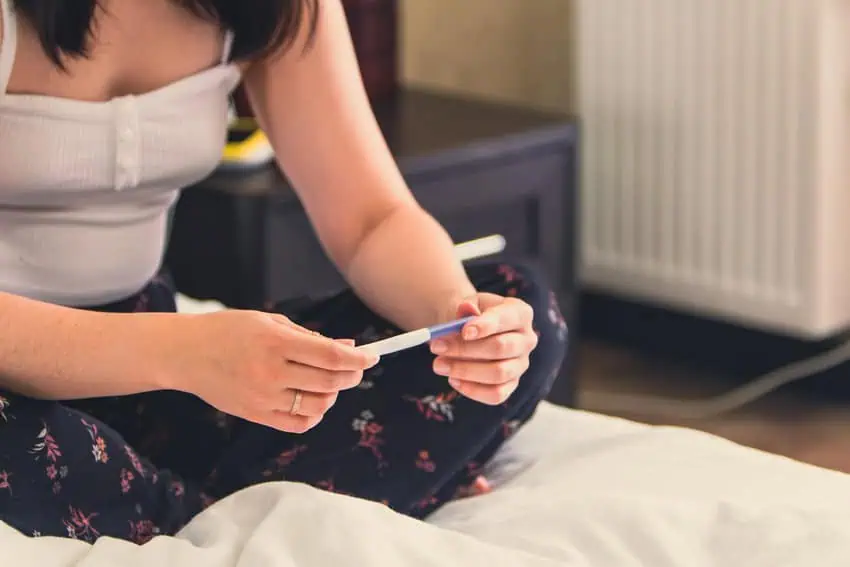
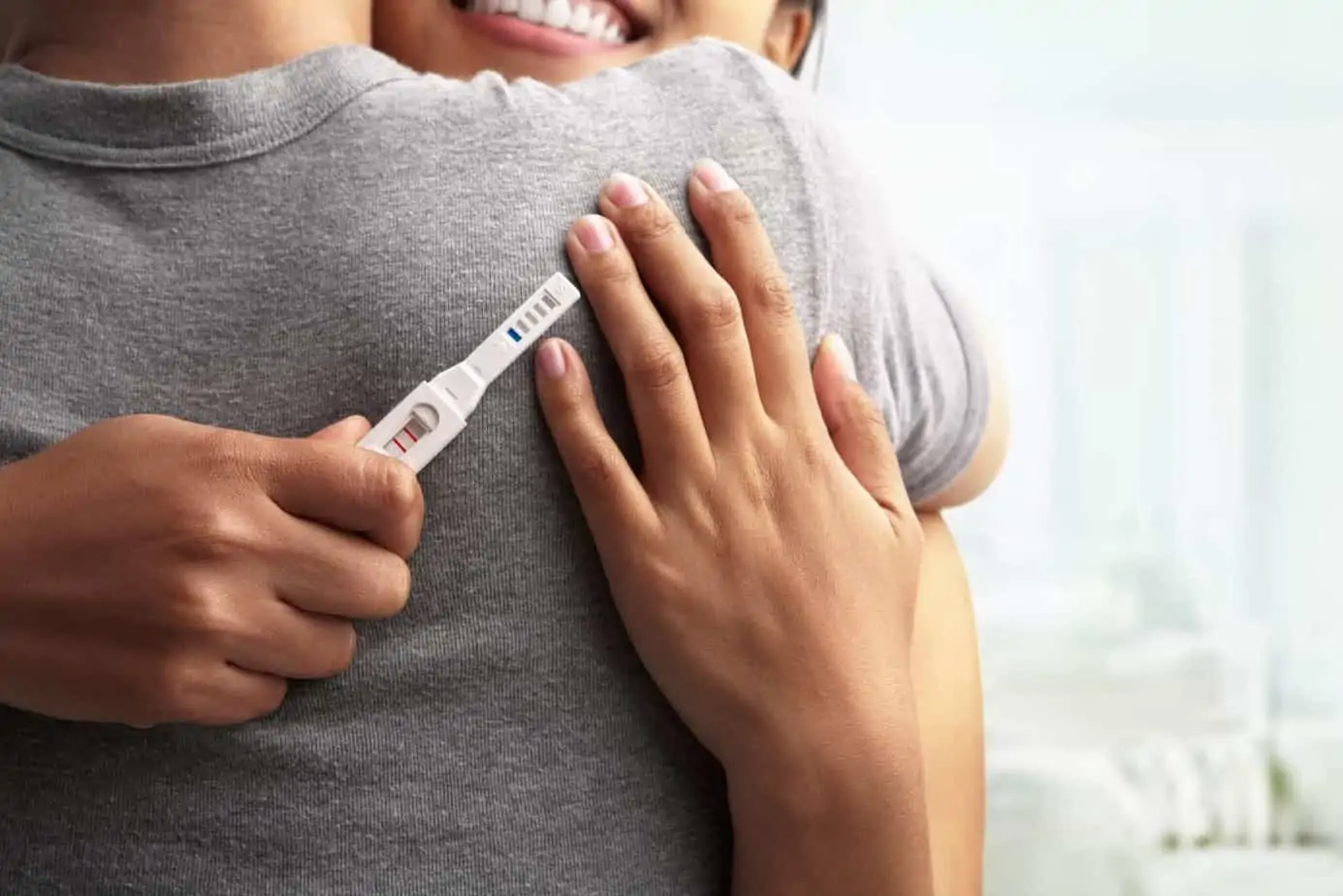
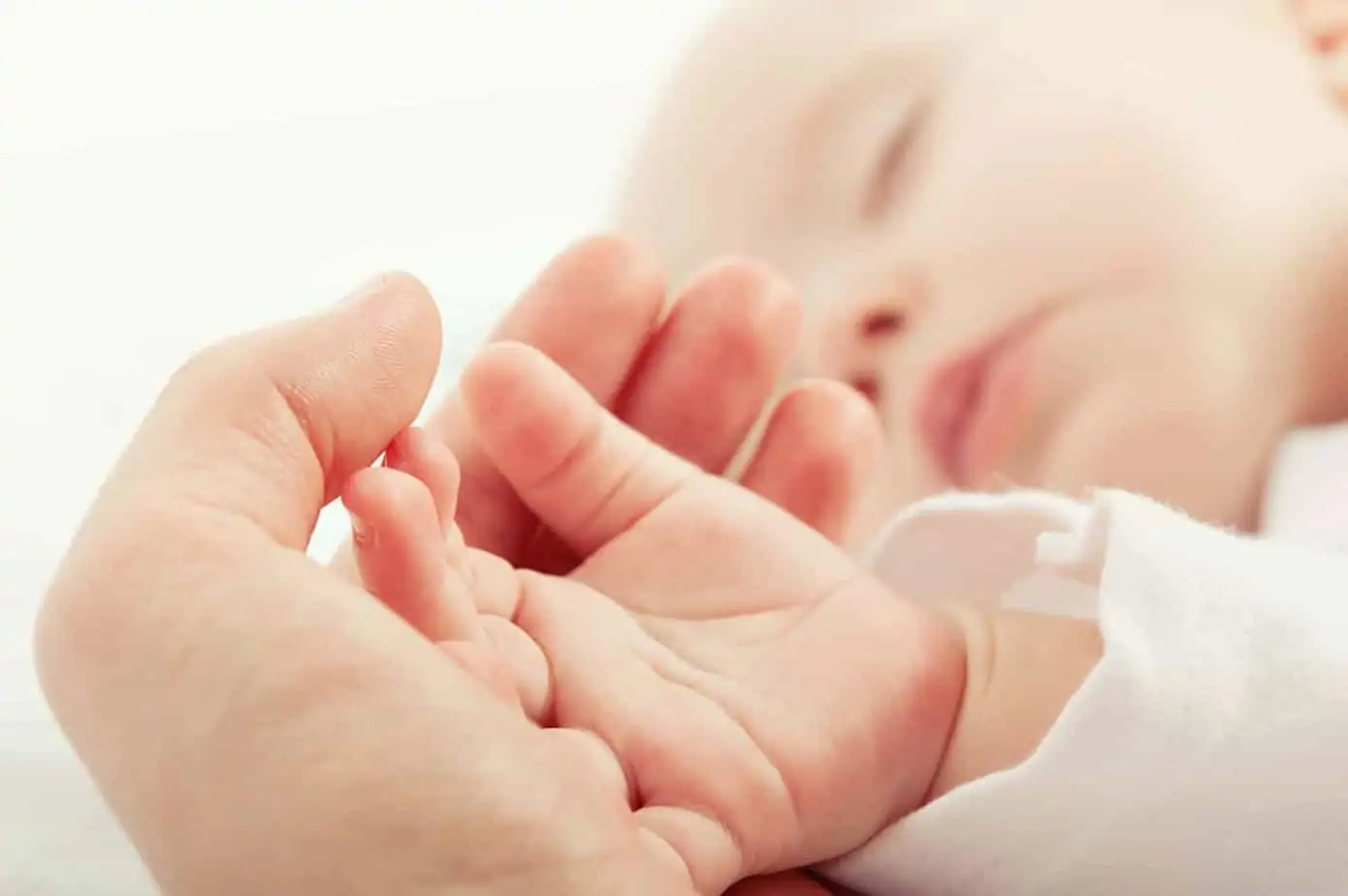
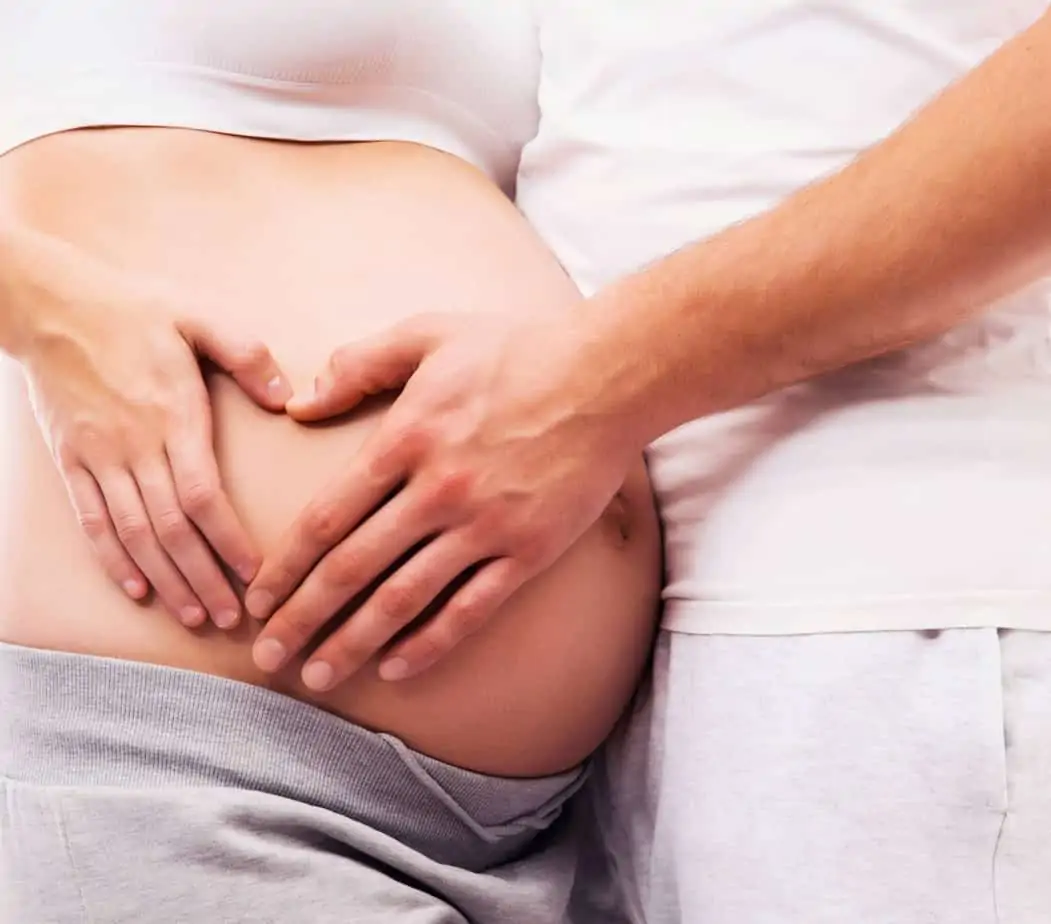

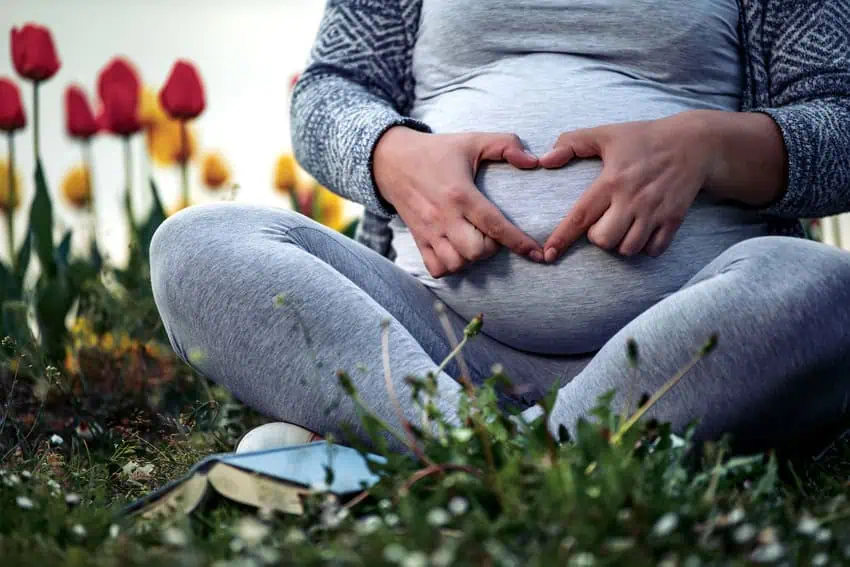

Thanks for your tips to recover fast for postpartum. I want to go back my old belly shape. Now I am using waist trainer. If you have some other tips on this tips, then please help me.
If you use the peri bottle while peeing you wont need numbing spray. Simply spray warm water while peeing and it will dilute the pee (less stinging pain). With my first kid i used it to clean down there only and with my second one my husband suggested to spray while going and believe me, it is sooooo much better 😂 was nice to finally go pee without being afraid of pain every time i needed to go